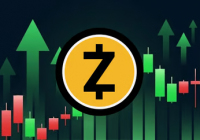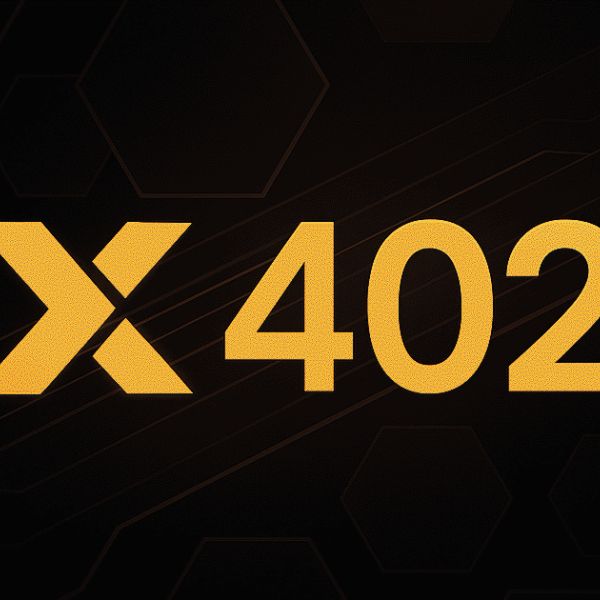Ethereum ETFs now account for 15% of spot market volume, up from 3% at launch
Quick Take The shift toward ETF-based exposure reflects growing institutional and retail preference for regulated access to ETH rather than direct token ownership. The following is excerpted from The Block’s Data and Insights newsletter.

Spot Ethereum ETF volumes have reached 15% of total ETH spot market volume, marking a significant increase from the 3% share observed in November 2024, about three months after the ETFs debuted.
This steady climb reflects growing institutional and retail preference for regulated exposure to Ethereum rather than direct token ownership, eliminating custody and security concerns associated with self-managed wallets. The ETF structure enables traditional investors to gain ETH exposure through familiar brokerage accounts, significantly expanding the addressable market beyond crypto-native participants.
The shift toward ETF-based exposure presents both opportunities and trade-offs for the Ethereum ecosystem. ETFs have contributed to Ethereum's strong price performance, with ETH rising over 30% year-to-date to approximately $4,500, as institutional capital flows through regulated investment vehicles. However, this growth comes at the cost of decentralization, as large amounts of ETH is concentrated in ETF provider custody rather than distributed across individual wallets participating in DeFi protocols.
The increasing ETF dominance highlights a fundamental tension between mainstream adoption and ecosystem utilization. While ETFs democratize access to Ethereum investment, the underlying ETH held by providers typically remains idle rather than being staked or used in decentralized applications. However, this may be set to change in the coming months as ETH providers look to get permission to stake their ETH, generating yield.
The trajectory suggests ETFs may become an increasingly dominant force in Ethereum trading volumes. As traditional financial infrastructure continues to integrate crypto assets, the proportion of ETH trading conducted through regulated products rather than spot markets may continue to expand. This evolution could reshape the development of Ethereum's market structure, striking a balance between mainstream financial adoption and the network's decentralized principles and utility-driven value proposition.
This is an excerpt from The Block's Data & Insights newsletter . Dig into the numbers making up the industry's most thought-provoking trends.
Disclaimer: The content of this article solely reflects the author's opinion and does not represent the platform in any capacity. This article is not intended to serve as a reference for making investment decisions.
You may also like
ZEC surges 20 times, is it really the "silver to bitcoin's gold"?

CertiK co-founder Gu Ronghui attends China International Finance Forum · Hong Kong Summit: Discussing Digital Asset Compliance and the New Global Regulatory Landscape
On November 6, CertiK co-founder and CEO, Columbia University professor Ronghui Gu attended the China International Finance Forum · Hong Kong Summit and participated in the roundtable discussion on "Compliance and Innovation of Digital Asset Trading Platforms."

Farewell to subscription models: x402 protocol enables true on-demand economy based on TBC public chain
This article will delve into the synergistic advantages of x402 integrating with the TBC public blockchain and outline its vision for driving the development of an autonomous digital economy.

We secretly defeated the AI Trading Competition champion Qwen
DeepSeek isn’t the only one being “taken over”...

